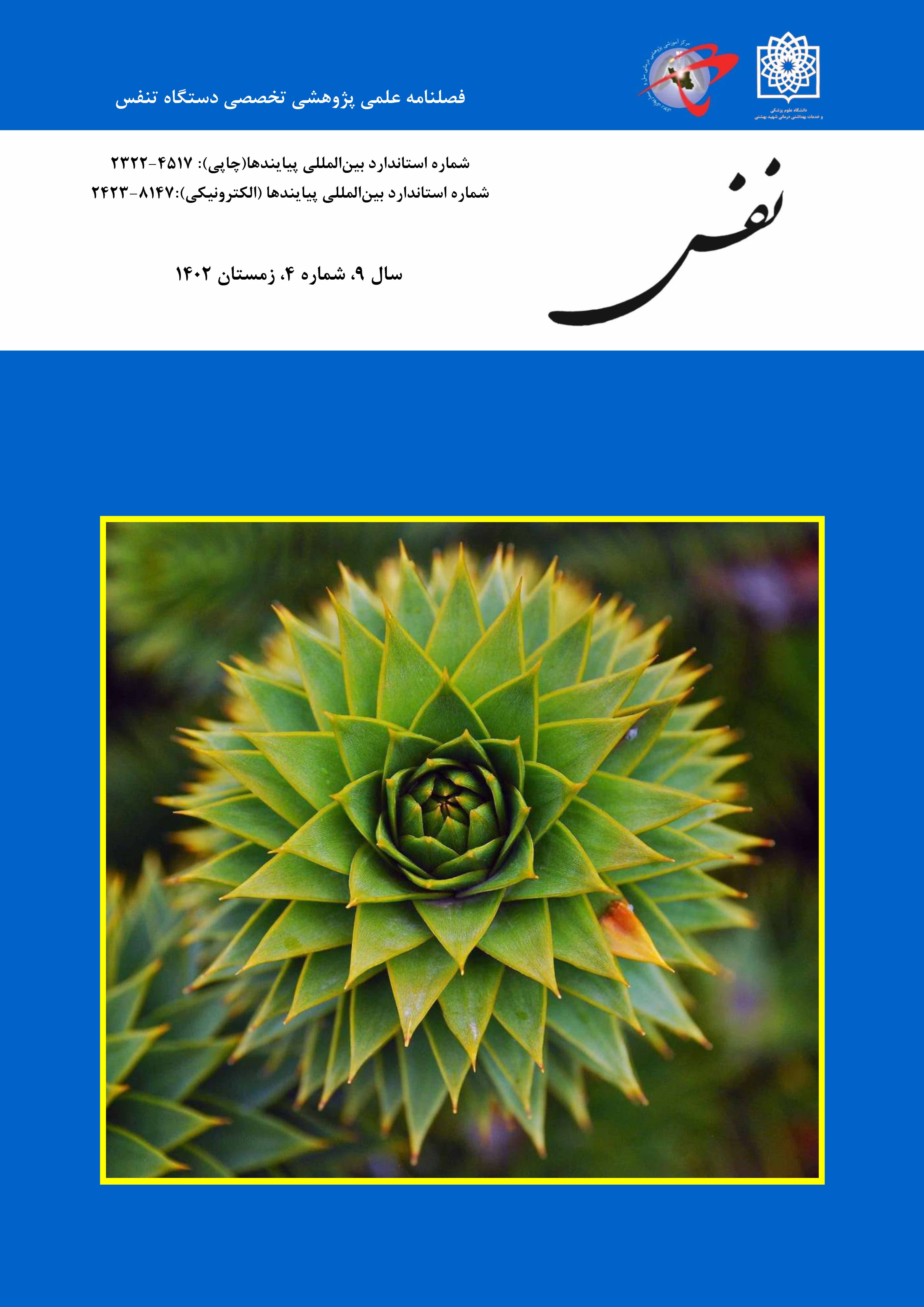نقش کلیدی التهاب و سلولهای ایمنی در آسیب دیدگی نخاع و رخداد اختلال ریوی متعاقب آن، یک مقاله مروری روایی التهاب در آسیب دیدگی نخاع و رخداد اختلال ریوی متعاقب آن
فصلنامه نفس,
دوره 9 شماره 4 (1401),
30 آبان 2022
چکیده
زمینه و هدف: عوارض ریوی ازجمله نارسایی و عفونت تنفسی در بیماران مبتلا به آسیب تروماتیک نخاعی کاملاً رایج هستند. توسعه آسیب ثانویه در ناحیه ضایعه ایجاد شده که پس از آسیب تروماتیک نخاعی بروز میکند از یک پاسخ التهابی سیستمیک ناشی میشود. در حقیقت، پاسخ التهابی سیستمیک متعاقب آسیب تروماتیک نخاعی ممکن است نقشی کلیدی در توسعه و گسترش آسیب ثانویه به طناب نخاعی ایفا کند.
روش بررسی: در نگارش این مقاله مروری از مقالات نمایه شده در پایگاههای اطلاعاتی Science Direct, Scopus, Pubmed, Springer Science و Google scholar استفاده و مقالات منتشر شده بدون مدنظر قرار دادن محدودیت زمانی جستوجو شدند. مقاله با استفاده از کلمات کلیدی آسیب تروماتیک نخاعی (SCI)، پاسخهای التهابی سیستمیک، نوتروفیل، آسیب ریوی نگارش شده است.
یافتهها: آسیب تروماتیک نخاعی سبب بروز پاسخهای التهابی سیستمیک میشود که به وسیله افزایش واسطههای پیشبرنده التهابی و سلولهای ایمنی در گردش خون مشخص شده و سرانجام باعث نفوذ سلولهای التهابی به اندامهای ثانویه و تداوم بقای میکرو محیطهای التهابی میشود که در بروز اختلال عملکرد چندین اندام، مشارکت میکنند.
نتیجهگیری: آسیب تروماتیک نخاعی، نقص ایمنی را از طریق ایجاد اختلال در عملکرد اندامها ایمنی اعمال میکند. ریهها، بافت هدف اصلی التهاب حاد القاء شده به وسیله آسیب تروماتیک نخاعی هستند. پاسخهای التهابی سیستمیک متعاقب آسیب تروماتیک نخاعی باید به عنوان اهداف اصلی در توسعة رویکردهای نوین درمانی برای درمان آسیب تروماتیک نخاعی مدنظر قرار گیرند.
- آسیب تروماتیک نخاعی (SCI)
- پاسخهای التهابی سیستمیک
- نوتروفیل
- آسیب ریوی
ارجاع به مقاله
مراجع
.
- چکیده مشاهده شده: 177 بار
- pdf دانلود شده: 29 بار
